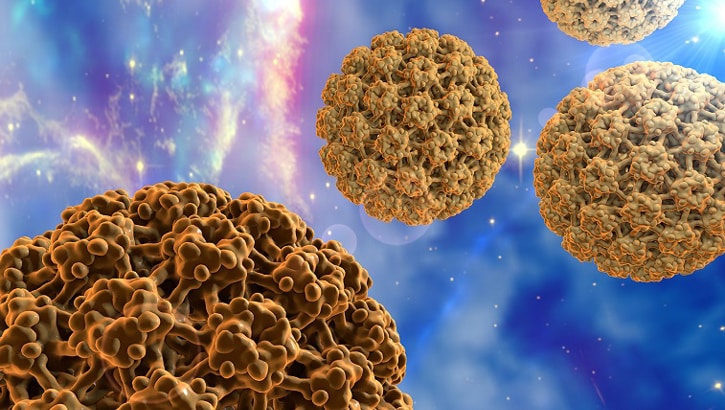HPV, or human papillomavirus, is a growing concern. Recent findings suggest a spike in the incidence of HPV diagnosis in the African region. Initial symptoms of the infection are often overlooked. This increases the patient’s risk of developing more serious complications. Currently, a concerning complication includes cervical cancer.
HPV Incidence Rates In Africa
HPV incidence is increasing according to several reports. Some areas of Africa also seem to be at a higher risk for the infection than others. The highest incidence of HPV is reported in Eastern Africa, with an epidemiology rating of 20.3% among female citizens. In Africa, when all areas are considered, the prevalence of HPV is 18.7% among African women. An estimated 372 million women over the age of 15 in Africa are also considered to be at risk for cervical cancer.
Recognizing HPV Symptoms Early
Patients who are able to recognize early symptoms of HPV have a higher chance of preventing its complications. For most people, genital warts will be the first symptom to appear. Some people also develop general warts when they are infected with HPV. Two other types of warts can also affect the patient – these include flat and plantar warts.
The condition can also lead to upper respiratory lesions. Some people develop oral lesions. Cervical cancer is another growing concern related to HPV. There are other cancers that have also been associated with HPV infection. These include cancers affecting the genitals, upper respiratory tract, mouth, and the patient’s anus.
Preventing HPV
Prevention strategies are required to reduce the incidence of HPV in Africa. There are several prevention techniques that may yield effective results. This includes providing patients easier access to the HPV vaccine. The vaccine is able to provide a significant reduction in the risk of being infected with the STI.
Patients also need to be made aware of the benefits that come with practicing safe sex. The use of a condom may also further help to reduce the risk of spreading the HPV infection. Patients should also try to minimize the number of different sexual partners they have.
Treatment For HPV
HPV has no specific cure, which is why prevention is so important. Warts that developed can be treated. A salicylic acid solution is often used to treat these warts. Imiquimod is another topical treatment that may be used to treat warts caused by HPV.
There are certain surgical options that patients may opt for too. This includes cryotherapy and electrocautery. Surgical removal of the wart is another option that could be considered.
Conclusion
HPV is considered a serious problem in several regions of Africa. Growing concern about the disease has been reported by the WHO and other organizations. Along with an increase in HPV, researchers note a concerning the prevalence of cervical cancer among women in the country. Patients should be educated about early symptoms and take appropriate action on their side.
References
https://hpvcentre.net/statistics/reports/XFX.pdf
https://www.mayoclinic.org/diseases-conditions/hpv-infection/symptoms-causes/syc-20351596

